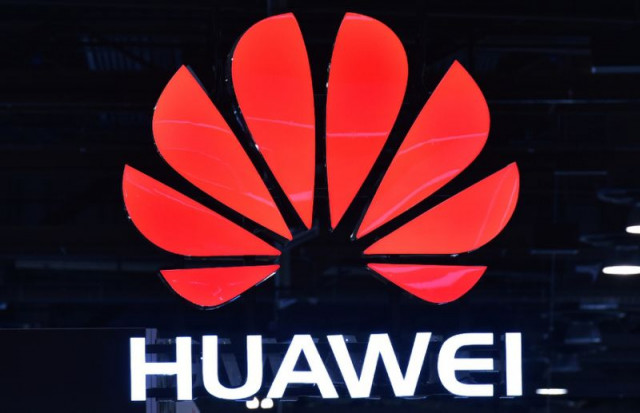Huawei unveils new 5G antennae ahead of China ramp
The telecoms industry hopes that 5G will run innovative applications

PHOTO: AFP
Shenzhen-based Huawei has pioneered the development of so-called Massive MIMO - or multiple input and multiple outputs - antennae that feature arrays of transmitters and receivers to run fifth-generation mobile services.
These can achieve ultra-fast data speeds by directly tracking nearby smartphone users, unlike earlier ‘passive’ antennae that communicate in a more general - and less efficient - way with their environment.
Huawei’s third generation of Massive MIMO antennae, unveiled at a client event in Zurich, double bandwidth to 400 Megahertz and boost power output to 320 Watts, making it possible to expand coverage in the mid-band frequencies that many countries have earmarked for 5G services.
From Next Year: Qualcomm to put 5G chips in phones
They will also weigh less and use less power than their predecessors, Huawei’s wireless business chief Edward Deng said in a keynote presentation.
“It will eliminate the barriers to global deployment across all scenarios, and become a new standard to drive large-scale 5G deployment,” said Deng.
The antennae pack 7 nanometer chips - putting them at the leading edge of semiconductor technology.
Huawei is bundling the new 5G antennae into its Blade AAU base station, a space-saving package that includes a passive antenna. That will allow operators to save space and run all of their networks from a single site.
Huawei, the leading network vendor with a market share estimated at 28%, says its Massive MIMO technology is more advanced than that offered by its competitors led by Ericsson and Nokia.
It has shipped 400,000 base stations this year as operators start to roll out 5G networks around the world. It estimates that 56 carriers have deployed the new networks, of which 40 are now up and running.
Malaysia’s 5G plan a potential boon for China’s Huawei
The telecoms industry hopes that 5G will run innovative applications, with Huawei signaling its interest in futuristic autonomous vehicles by teaming up with China Mobile to run self-driving trucks at an open-cast mining project.
Huawei, also the world’s No.2 smartphone maker earlier announced a 27% jump in third-quarter revenues driven by a surge in shipments of phones launched before a trade blacklisting by the United States.
CHINA KICKS IN
Deng forecast that Huawei would ship a total of 600,000 base stations this year, with that figure set to grow in 2020 as China’s three main operators accelerate the construction of their own 5G networks.
Huawei will hold two rounds of tenders to lease base stations to the Chinese operators, with the first taking place before the end of this year, to help them manage the huge logistical and financial challenge of connecting the market of 1.4 billion people.
“We are trying to facilitate the Chinese carriers with their 5G process,” Deng told a separate news briefing.



















COMMENTS
Comments are moderated and generally will be posted if they are on-topic and not abusive.
For more information, please see our Comments FAQ